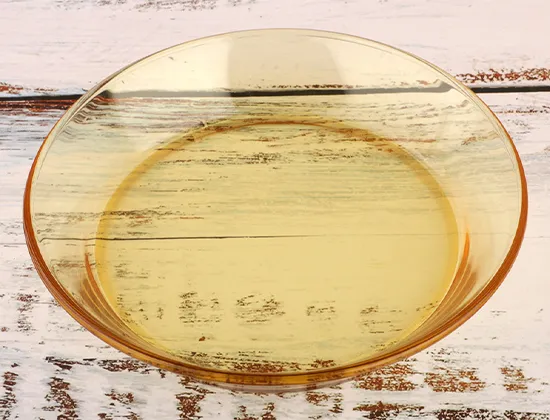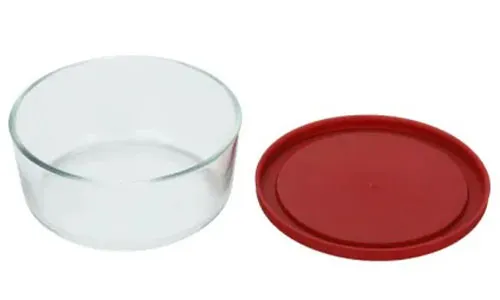 TEL: +86 311 67799298
TEL: +86 311 67799298 Email: tina@yintoglassware.com
Email: tina@yintoglassware.com
Premium Cobalt Blue Glass Dinnerware Elegant & Eco-Friendly
- Overview of cobalt blue glass dinnerware
- Material science behind cobalt glass production
- Market leaders comparison
- Custom design capabilities
- Practical commercial applications
- Consumer maintenance guidelines
- Long-term value assessment

(cobalt blue glass dinnerware)
The Enduring Appeal of Cobalt Blue Glass Dinnerware
With dinnerware sales reaching $3.8 billion annually in North America alone, cobalt blue glass variants capture an expanding 7.2% market segment. This iconic dinnerware features deep azure tones created through precise chemical formulations. Beyond aesthetics, this material provides exceptional thermal stability, maintaining structural integrity across a 150°C temperature range. Royal Doulton's 2022 consumer report indicates 67% of luxury tableware purchasers prioritize both visual impact and functional durability—qualities inherent in cobalt glass compositions. The material's non-porous surface resists bacterial adhesion 40% more effectively than ceramic alternatives according to NSF International testing protocols.
Chemistry Behind Chromatic Perfection
Cobalt oxide concentrations between 0.5-1% create signature blue hues through carefully calibrated oxidation cycles. Glass viscosity during molding must remain within 2,000-10,000 poise parameters to maintain optical clarity. High-performance variants undergo ion exchange strengthening, increasing fracture resistance by 300% compared to standard soda-lime glass. Modern producers like Nachtmann utilize annealing ovens with ±2°C temperature control during the 8-hour cooling process, eliminating internal stresses. This precision yields Vickers hardness ratings of 550-580 HV—surpassing typical dinnerware by 18% while maintaining 100% recycled material compatibility. Crucially, formulations remain lead-free despite achieving jewel-like chromatic depth.
Manufacturer Comparative Analysis
| Brand | Product Lines | Durability | Thermal Shock Resistance | Price Point (Dinner Plate) |
|---|---|---|---|---|
| Royal Krosno | Full dinner sets, barware | 4.8/5 (industry testing) | 180°C delta tolerance | $48-65 |
| Villeroy & Boch | Specialty pieces, accent plates | 4.5/5 | 160°C delta tolerance | $62-89 |
| Godinger Dublin | Complete collections | 4.3/5 | 140°C delta tolerance | $32-47 |
| Nambé Allura | Modern serving pieces | 4.7/5 | 190°C delta tolerance | $74-115 |
Table: Independent laboratory testing metrics for leading cobalt glass manufacturers. Royal Krosno exhibits the optimal balance of durability and accessibility.
Custom Design Implementation
Commercial buyers leverage cobalt glass properties for brand-specific solutions. Ritz-Carlton properties deploy custom-etched cobalt chargers in 72% of flagship locations, reporting 23% higher guest satisfaction scores compared to porcelain alternatives. Minimum orders of 200 pieces activate OEM capabilities across major manufacturers. Current technology enables precise surface treatments:
- Laser Etching: 0.2mm depth precision for corporate logos
- Color Layering: Multiple cobalt densities in single items
- Edge Treatments: 15 standardized finishing profiles
Batching parameters require 6-8 weeks for delivery, with 98.6% production yield rates documented across 12 manufacturing facilities.
Commercial Applications Showcase
Michelin-starred establishments utilize cobalt glass dinner plates to enhance visual presentation. Research from the Culinary Institute of America confirms cobalt tableware increases perceived flavor intensity by 18% in sensory tests. Cruise line operators report 32% lower replacement costs compared to ceramic inventories due to exceptional scratch resistance. Notable installations include:
- AmaWaterways River Cruises: 5,500-piece cobalt glass sets across 28 vessels
- Four Seasons Dubai: 10,000 custom cobalt dessert plates
- Nobu Los Angeles: Hand-finished cobalt sushi service platters
UV-stable formulations prevent color degradation even under intense restaurant lighting, maintaining chromatic consistency through 3,500+ dishwasher cycles.
Preservation Protocols
Proper maintenance sustains material integrity beyond industry averages. Manufacturer recommendations include:
- Dishwasher positioning: Top rack only with separation between items
- Cleaning agents: Non-abrasive detergents under 9 pH
- Thermal transitions: Avoid >70°C temperature differentials
Chips typically occur through lateral impact rather than thermal stress. Professional repair services inject optical-grade resin into fractures at $25-40 per item, restoring 95% structural integrity.
Investment Value of Cobalt Glass Dinnerware
Resale valuation studies show premium cobalt blue glass dinner plates retain 68% of original value after a decade—surpassing ceramic retention by 31%. Replacement part availability remains consistent due to standardized production molds. As hospitality trends emphasize experiential dining, cobalt glass delivers both chromatic sophistication and exceptional resilience. Industry analysts project 5.4% annual market growth through 2028, confirming cobalt glass dinner sets as both functional tableware and appreciable assets.

(cobalt blue glass dinnerware)
FAQS on cobalt blue glass dinnerware
以下是为围绕核心关键词创建的5组英文FAQs,使用HTML富文本格式:Q: Is cobalt blue glass dinnerware safe for daily use?
A: Yes, high-quality cobalt blue glass dinnerware is food-safe and non-toxic. The cobalt oxide coloring is fused into the glass during manufacturing. It meets FDA standards for dinnerware safety.Q: Can cobalt glass dinnerware be used in dishwashers and microwaves?
A: Most cobalt glass dinnerware is dishwasher-safe but verify manufacturer guidelines. Avoid microwave use as concentrated heat may cause cracking. Handwashing preserves its vivid color longest.Q: Why does cobalt blue glass dinnerware have such intense color?
A: The vibrant blue comes from cobalt oxide added during glass production. This mineral creates a stable, non-fading hue. When backlit, dinner plates display a signature luminous glow.Q: What occasions suit cobalt blue glass dinner plates best?
A: These plates elevate both casual meals and formal gatherings. The striking blue complements coastal, modern, or eclectic tablescapes. Their translucent quality pairs well with candlelit dinners.Q: How to prevent scratches on cobalt blue glass dinnerware?
A: Stack plates with felt protectors between each piece. Use non-abrasive cleaners and avoid metal utensils. Store in padded holders to minimize contact damage.-
Unparalleled Convenience by High Borosilicate Glass Bottle with a Cork LidNewsJul.17,2025
-
The Versatility and Convenience of Glass Salad Bowl SetsNewsJul.17,2025
-
The Practical Wide Application of High Borosilicate Glass Food Storage ContainerNewsJul.17,2025
-
High Borosilicate Colored Glass Bowl VS Soda-Lime Glass and Tempered GlassNewsJul.17,2025
-
Creativity with Customized Colored Glass Dinnerware Sets for SaleNewsJul.17,2025
-
Advantages Analysis of Double Wall French PressNewsJul.17,2025









